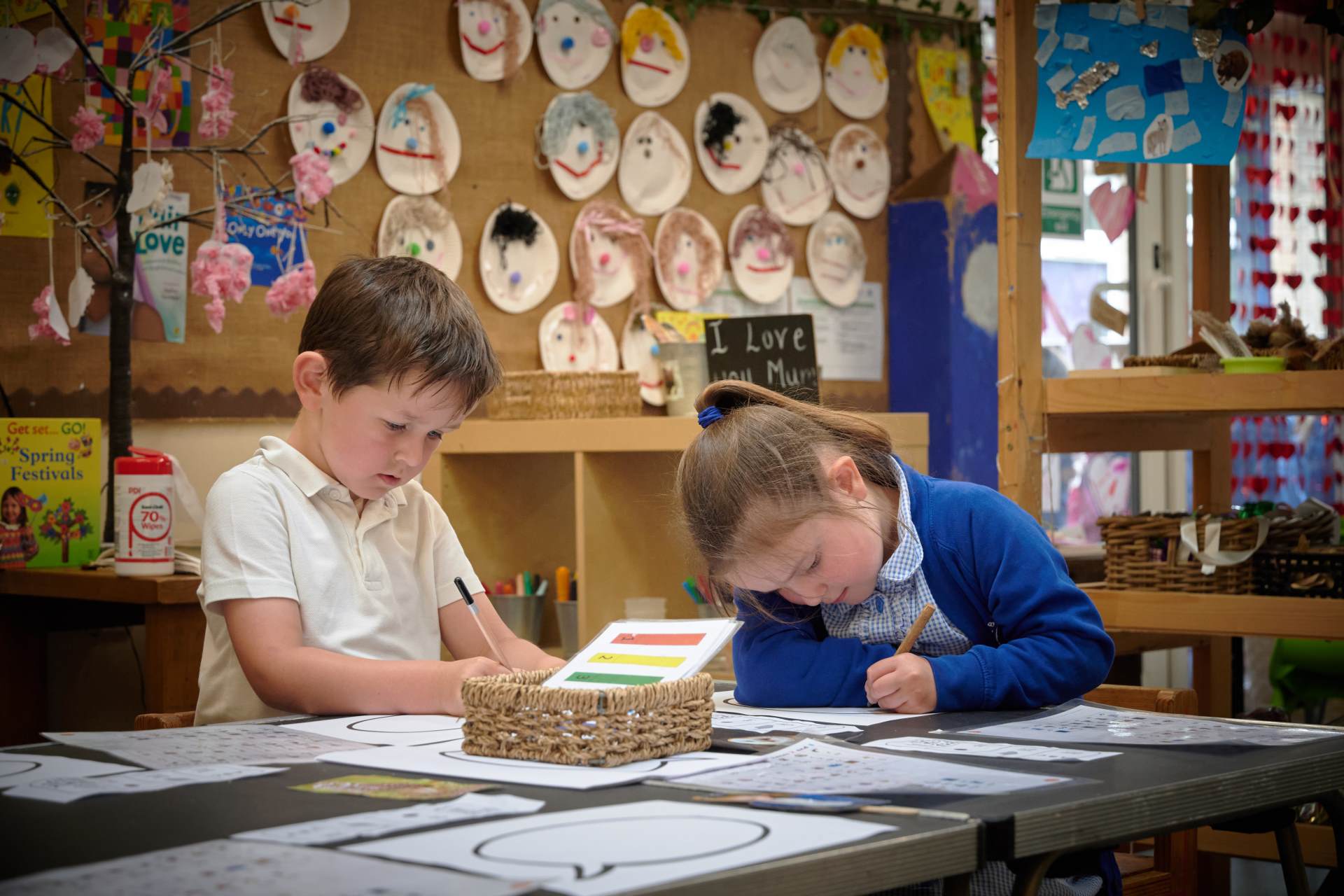Our Curriculum

Curriculum Statement
At Gilberdyke Primary, our vision for our curriculum permeates all aspects of our work, from our teaching and project work to our extra-curricular offer and pupil leadership opportunities, as well as the day to day experience pupils get from planned assemblies and lunchtimes.
Mapping the taught curriculum
We are committed to ensuring that our curriculum offer is broad, engaging, comprehensive and coherent. The full range of core and foundation subjects is carefully mapped so that all children end their primary years having mastered a range of concepts, procedures and skills that fuel a thirst for learning, prepare them for future study and develop an understanding of the world in which they live.
Study in mathematics follows the National Curriculum using the long- and medium- term planning and progression model provided by Effective Maths (key stages 1 and 2) or NCETM (EYFS). This formulates our calculation policy. Teaching is structured in a way that enables children to deeply embed and build upon mathematical concepts by applying their knowledge and skills across a range of contexts. Teaching incorporates a planned sequence and progression of concrete, pictorial and abstract opportunities which support pupils in deepening their conceptual understanding over time.
Our teaching of English includes phonics, guided reading, writing, handwriting and EGPS (English punctuation, grammar and spelling). Writing is taught with a rich stimulus or context, often from the wider curriculum, which allows children to write for purpose. English grammar, punctuation and spelling are taught as an embedded part of the writing sequence to ensure that learning is relevant and in context.
Reading is explicitly taught and closely monitored to ensure that children read widely and successfully. Pupils start their reading journey through a carefully mapped sequence of learning which supports their ability to hear sounds in words (phonological awareness). This prepares pupils well for learning to recognise letters and the sounds they make (phonics) through a systematic synthetic approach, Letters and Sounds. The daily reading lesson ensures that pupils are given an opportunity to apply their learning (phonics, fluency and/or comprehension) to a key text. Teachers take time and pride in selecting texts to ensure that they are high quality, capture interest and instil a love of reading both in and beyond the classroom. Reading and text permeates every aspect of our school’s curriculum.
Science, PE, computing, MFL (modern foreign languages at KS2) and music are taught discretely following the National Curriculum programmes of study. Links between subjects are made where they promote deeper understanding and/or opportunities for pupils to deepen knowledge so that pupils will know more and remember more.
Our thematic curriculum brings together our teaching in geography, history, art & design and design and technology in termly, creative themes that run across phases on a two-year rolling cycle. These creative themes are based around a whole school thread, which helps to create a ‘buzz’ throughout the school. As children progress throughout their primary years, relevant factual and conceptual links are made between themes. Please see our long and medium-term plans for more detail.
Underpinning each creative theme or unit of work is a core body of knowledge that is systematically taught, revised and revisited at distance to ensure that learning is committed to long-term memory. This knowledge empowers children: it gives them a sense of being knowledgeable, allows them to mediate social and cultural references, builds on their understanding of the world and provides valuable content for writing and reading across the curriculum. The curriculum also plans in opportunities for children to master processes and skills, undertaking activities relevant to their discipline. As historians, for example, they will gain knowledge of the key events, people and places that have shaped our world today. They will also learn the skills of analysing historical sources and use them alongside their developing knowledge to explain cause and effect.
Spiritual, moral, social and cultural development, as well as modern British values are embedded into the curriculum, with links being seeded to ensure these values are consistently revisited and consolidated. Planned opportunities to address key concepts/relevant and topical issues/current national and international news stories occur through assemblies, daily restorative class circles, discussions/debate and through the PSHE and RE curriculums. These aspects are given a high priority across the curriculum because we are committed to preparing children for life beyond Gilberdyke Primary.
Interventions and additional, individualised classroom support strategies are arranged for pupils who need further assistance to reach their full academic potential. Personalised learning opportunities are carefully timetabled to ensure that pupils who need additional intervention still receive a broad and balanced curriculum. Our Inclusion Team offer a specialised SEMH (social, emotional and mental health) programme for those pupils who require this bespoke provision.



